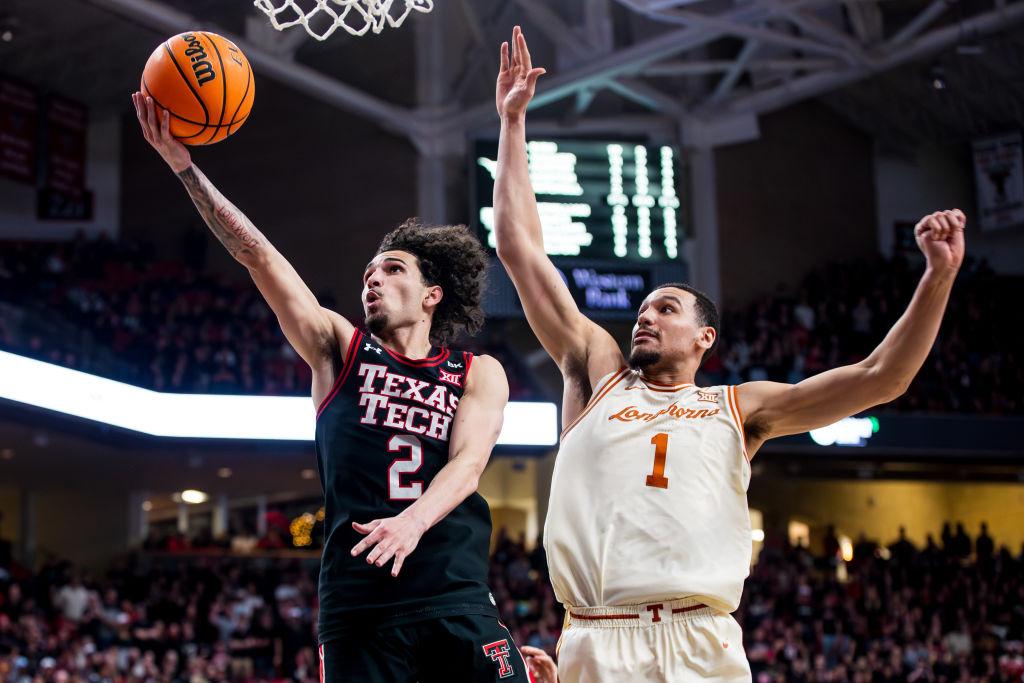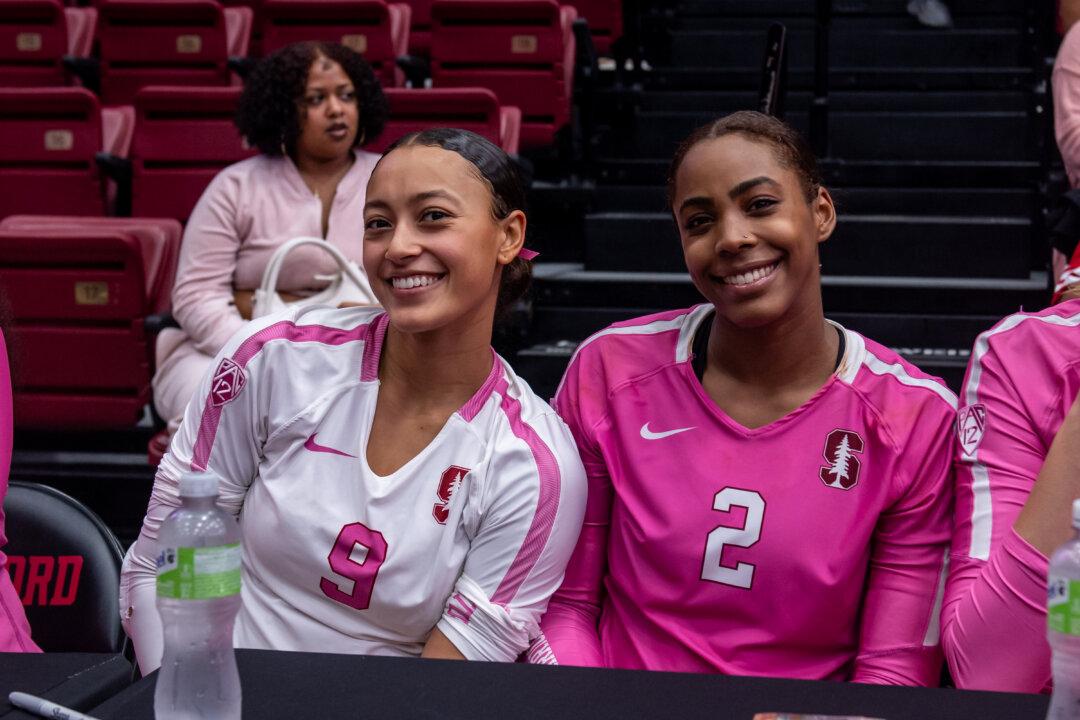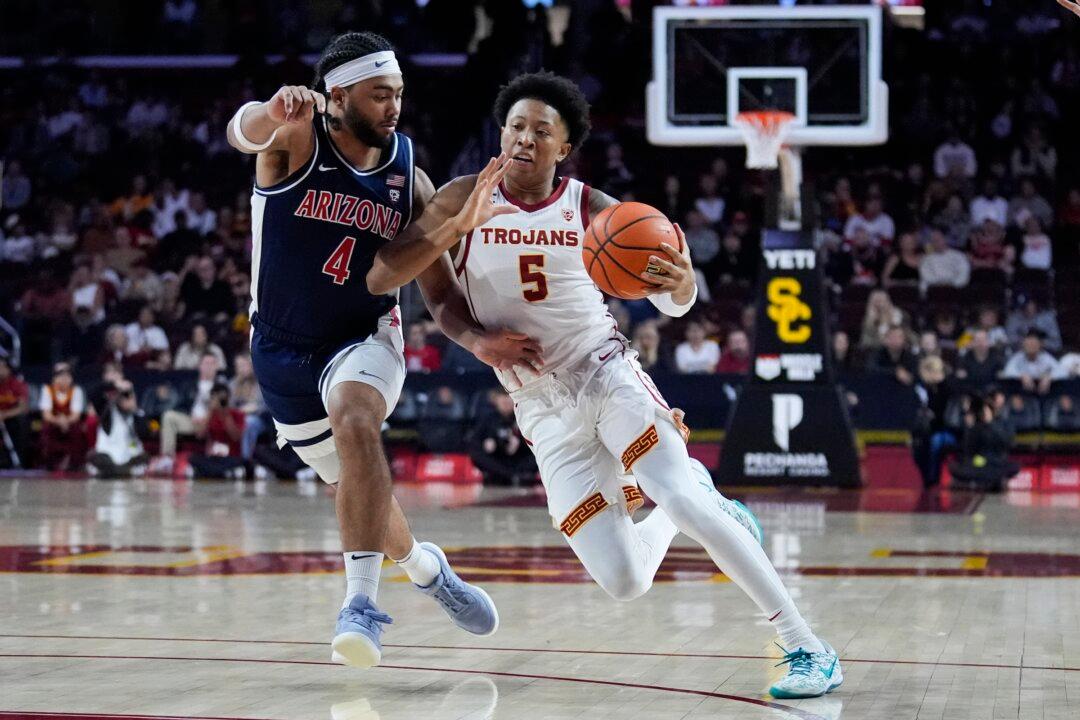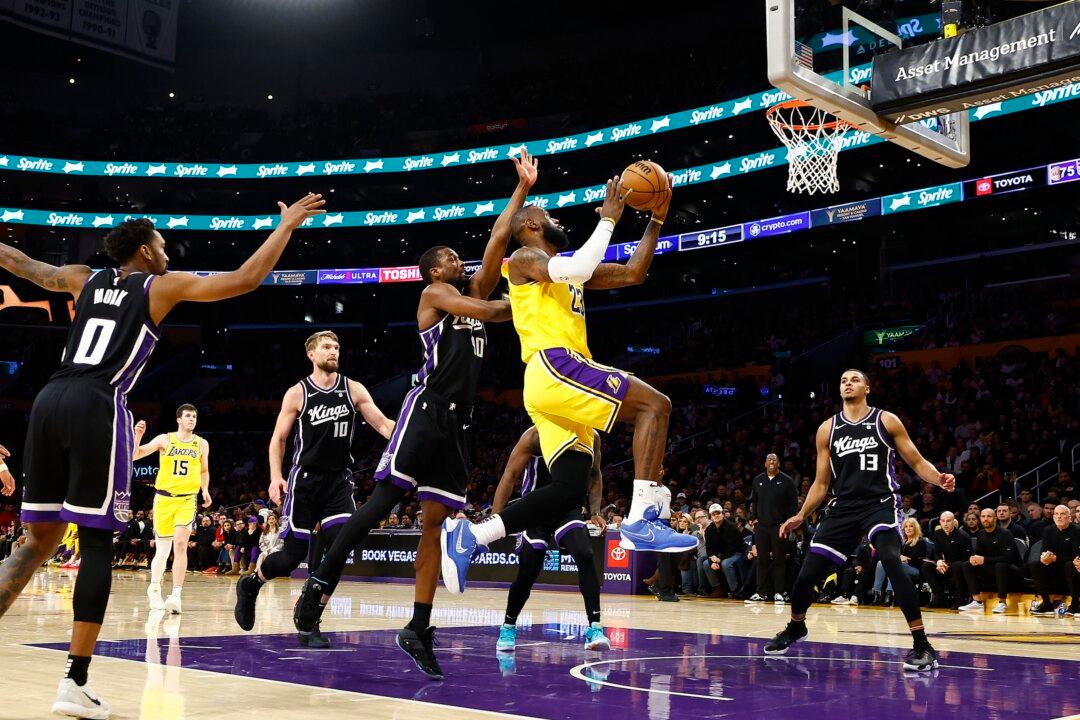The term “March Madness” has always conjured colorful images of improbable dreams, incredible drama, and championship glory.
The way things are trending in college basketball, however, it’s fair to wonder if the sport might not be headed for a more literal interpretation of madness, one including potentially catastrophic consequences.
With post-season conference tournaments on the horizon and the NCAA men’s and women’s tournaments not far off, poor fan behavior has become a major concern across the country.
In the wake of recent post-game, court-storming incidents that rattled University of Iowa women’s star Caitlin Clark and left Duke men’s standout Kyle Filipowski with a sprained knee, things went off the rails Feb. 27 during a Texas-Texas Tech men’s game in Lubbock, Texas.
Angered by a hockey-style hip check delivered by Texas forward Brock Cunningham during a chase for a loose ball with Texas Tech guard Darrion Williams near the midpoint of the second half in an 81-69 Longhorns victory, Red Raiders fans pelted the court with projectiles, including water bottles.
Before sanity finally prevailed, a “flagrant 2 foul” against Cunningham resulted in his ejection from the game, Texas Tech received an “administrative technical foul” because of the crowd’s actions, and Red Raiders Coach Grant McCasland took to a public-address microphone to implore the home fans to cease and desist.
All of this in a game that, though it matched longtime rivals, wasn’t even close.
While security personnel escorted a small number of offenders out of the arena, it doesn’t take a rocket scientist to foresee the danger that lies with such irresponsible fan behavior. In addition to the prospect of players being injured, officials, courtside workers, and even other fans are also in harm’s way.

The same disaster-waiting-to-happen scenario is true when overexuberant college students, emboldened by a big victory for their school, rush a court after a game, creating a perilous mob scene that most often engulfs opposing players before they can get to their locker room.
Clark, college basketball’s biggest current star, among men or women, narrowly avoided significant injury Jan. 21, when fans in Columbus, Ohio, raced onto the court after Ohio State pulled off a 100-92 upset of Iowa. Clark merely had the wind knocked out of her as the result of what she described as a “kind of scary” collision with an unidentified woman.
Filipowski, a projected lottery pick in this year’s NBA draft, wasn’t as fortunate Feb. 24 after Wake Forest defeated Duke 83-79 in Winston-Salem, North Carolina. Twisting awkwardly while unsuccessfully trying to avoid contact with the mass of humanity coming his way, he suffered a knee injury that clouded his status for the Blue Devils’ next game, Feb. 28 against visiting Louisville.
Duke Coach Jon Scheyer, in post-game comments, called for an immediate ban on court-storming, and then backed it up during a Feb. 26 Atlantic Coast Conference media teleconference call.
“Absolutely, we shouldn’t wait until next year. Something should be done right now,” he said. “At the end of the day, players and coaches and officials are the only people that belong on a court.”
Longtime Kansas Coach Bill Self echoed those sentiments while raising some ominous, possibly life-altering possibilities, if change is not made.
“Let’s get rid of it, totally,” he told ESPN on Feb. 26. “I don’t see the positive impact from a visual standpoint. It isn’t as big of a positive as a potential negative that exists with somebody getting hurt or lawsuits. Can you imagine a kid storms the court, runs into somebody, gets sued and his life is changed forever? Or somebody runs into one of our players, our player [tries] to protect themself and catches somebody right in the Adam’s apple or hits them in the temple and they get a concussion or something? That’s a lawsuit against them.”
Memphis Coach Penny Hardaway, who played for the Tigers before going on to a 14-year NBA career, has noticed what he called a change in the mindset of the fans pouring onto courts. What once was truly a fun, spontaneous moment has seemingly become something else entirely.
“It’s starting to get a little too violent because there are so many people getting caught in the middle,” Mr. Hardaway told reporters Feb. 25 after his team’s 78-74 victory over visiting Florida Atlantic. “Usually, the students will come out and go around the players, let the players come off the court. Now, it’s like they’re trying to let the players see them, or say something.”
While most collegiate conferences have protocol in place to dole out fines to universities if their students storm courts, that attempted deterrent has been no more effective than the “administrative technical foul” assessed against Texas Tech for the actions of its fans on Feb. 27.
Enforcement of any rules against a mob of unruly adults, young adults at that, is a monumental challenge, of course. Coaches, conference commissioners, and other officials within the sport are searching for answers.
Greg Byrne, Alabama’s athletic director, told reporters Feb. 26 in Birmingham that the prospect of teams having to forfeit games should be on the table.
“That will get people to stop,” he said.





